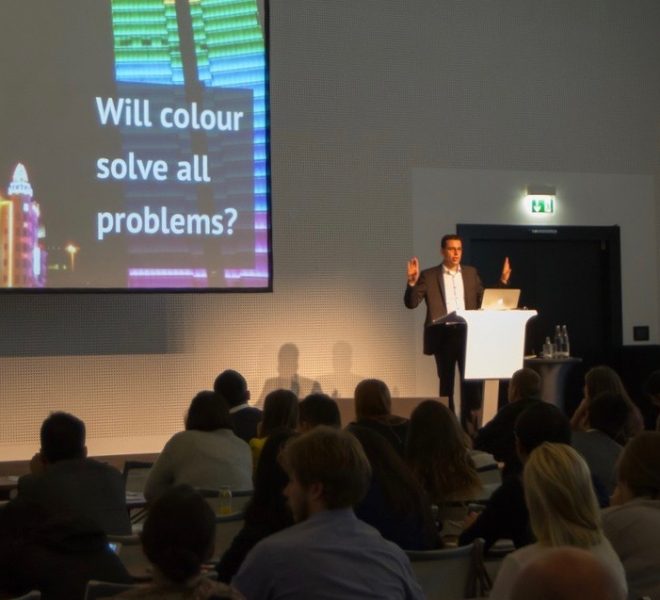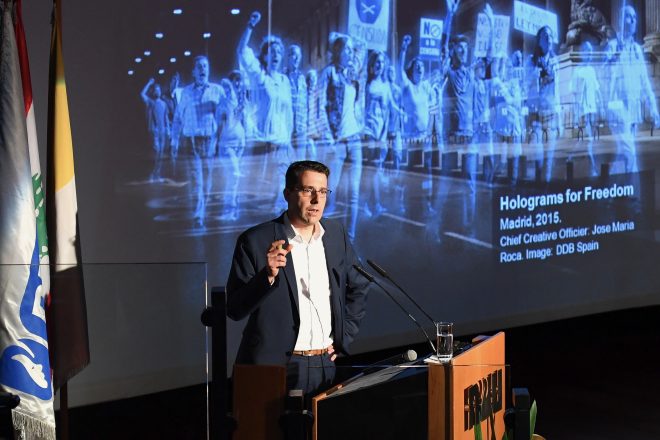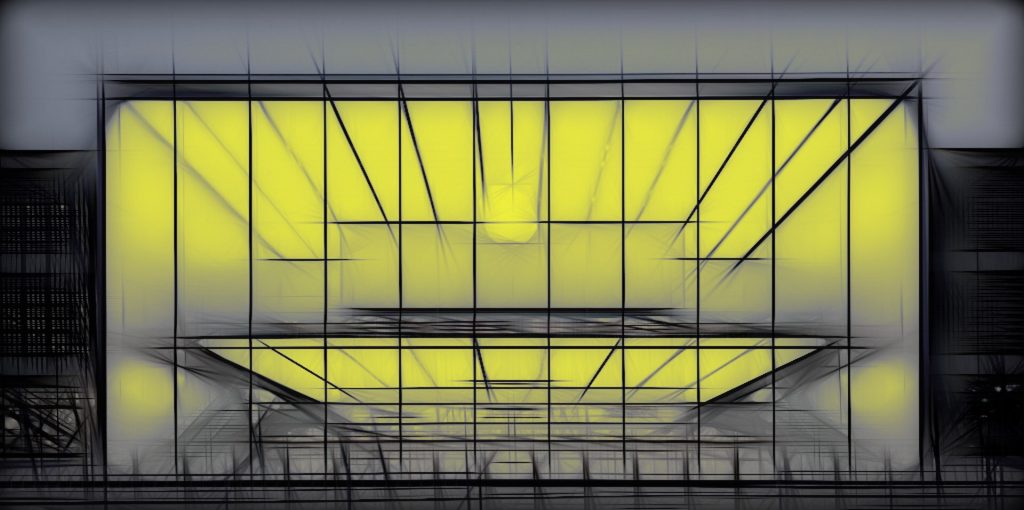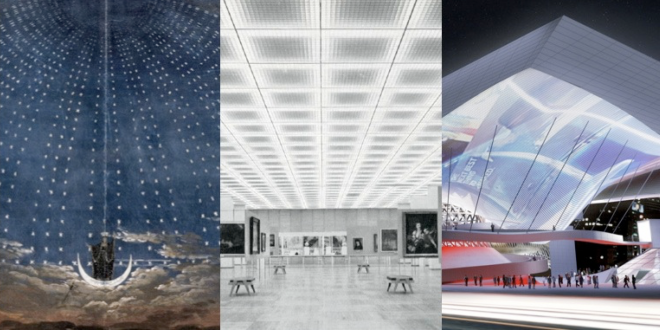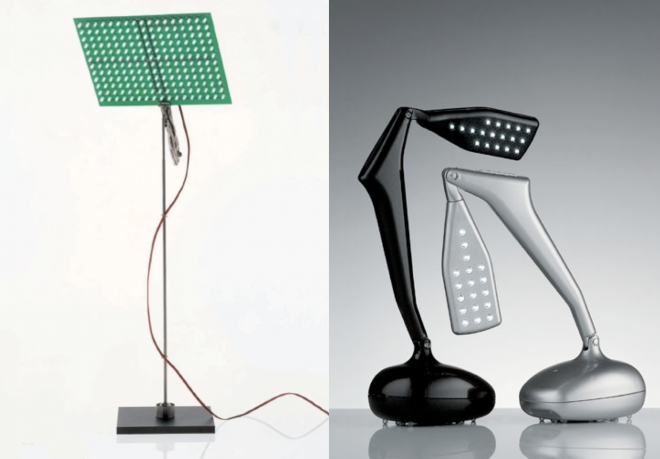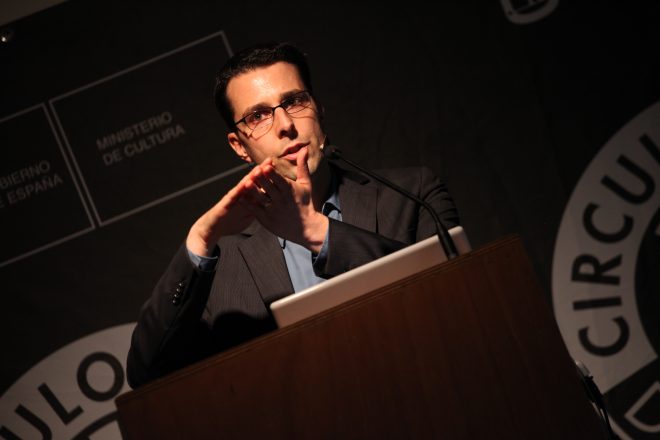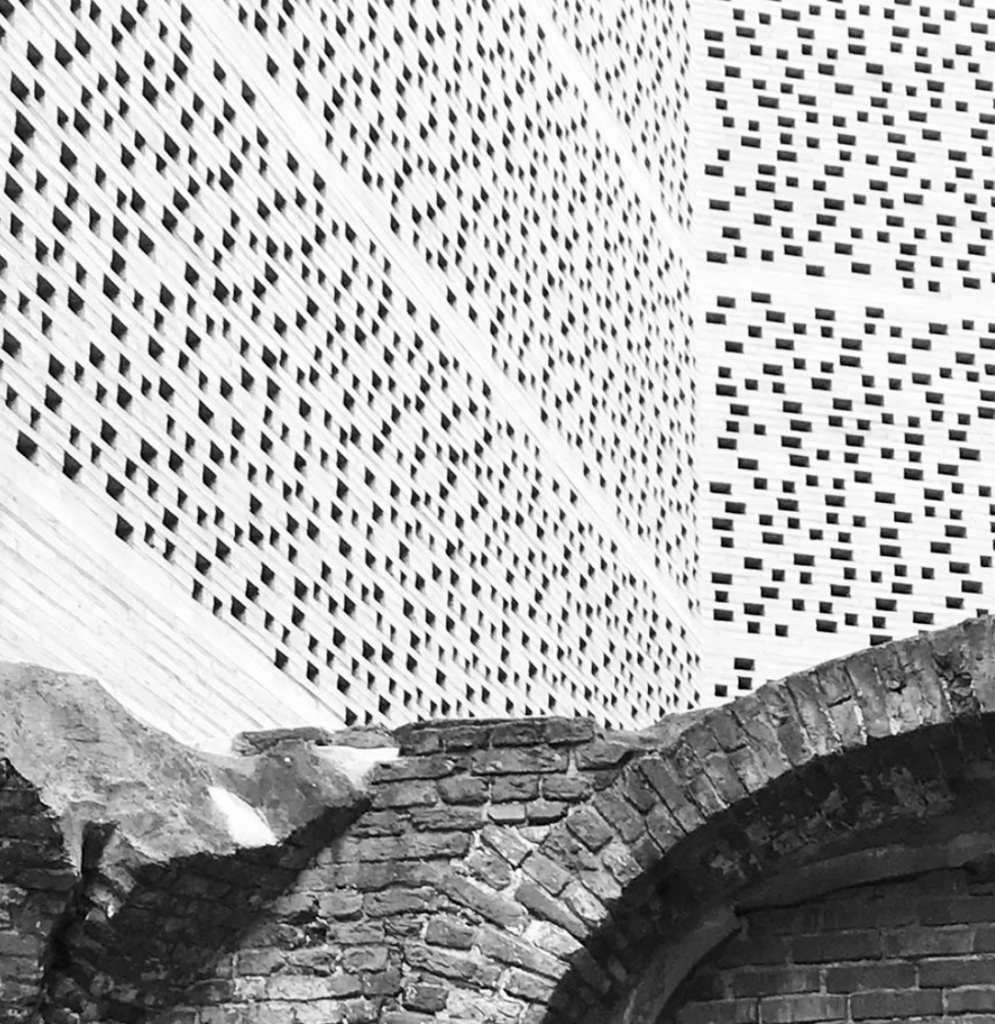All over the globe, brands are looking to achieve a striking visual appearance within the urban space. Local and international companies have started to link light planning for retail spaces with the CI for a holistic brand appearance. Media façades have therefore been turned into a fascinating tool for creating an architectural landmark on the nocturnal cityscape. At night, the brand stories are told by shining messages that range from the conventional light boxes and illuminated advertisements to dynamically lit architecture. The colourful and dynamic appearance of façades and stores inside will trigger a debate about the importance of LED for brand communication, the limits of architectural lighting for CI and the way sustainability impacts marketing strategies.
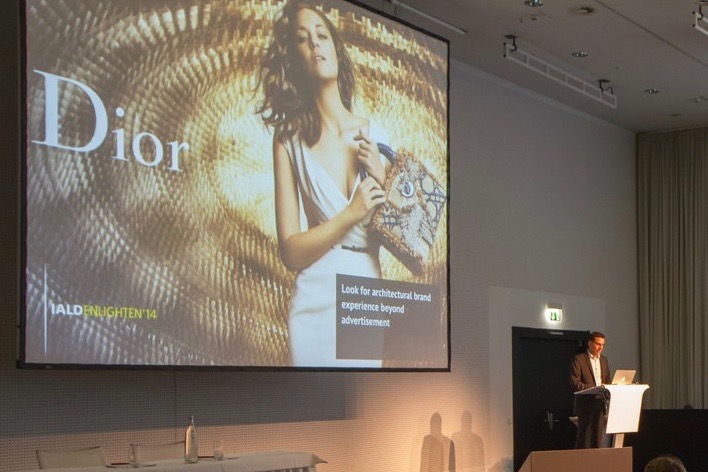
IALD International Association of Lighting Designers
Conference
IALD Enlighten Europe. Berlin, 2014

